Things change fast. On August 5, President Donald Trump’s imposition of new sanctions on Russia on August 8 seemed all but certain. On August 6, negotiator Steven Witkoff met with Russian President Vladimir Putin, and Trump proclaimed “great” (but unexplained) progress. On August 8, Trump announced no new sanctions but said he would meet Putin in Alaska.
Putin will count the meeting itself as a major victory, for which he has paid little, and he will seek to trap Trump into embracing Moscow’s key demands for ending the Russia-Ukraine war. Trump can counter this by putting forward a strong position of his own. That would mean no agreement in Alaska, but it could set the stage for later progress toward a settlement.
On July 29, Trump gave Putin a 10-day deadline to take action to end the Russia-Ukraine war. That immediately raised the question: was Trump serious this time? He set multiple deadlines in April and May. In each case, the Russians did nothing, and Trump applied no punitive measures.
A tale of two Trumps
The White House tried to suggest this time would be different. However, the Russian military continued to press its ground attacks on the front and pound Ukrainian cities with missiles and drones. Russian officials described terms for a settlement that showed no softening in Moscow’s earlier demands, which would amount to Ukraine’s capitulation.
On August 8, the deadline expired. Trump applied no sanctions except that he announced a hike in tariffs on India for importing Russian energy. But the Indian government made clear it would continue to import Russian oil, and Trump’s tariff hike introduced a new complication into the U.S.-Indian relationship. Why would Putin see this as a penalty?
Moscow’s apparent gamble that the deadline would pass with no meaningful new sanctions thus proved a good bet. Instead of sanctions, Trump announced he would meet with Putin in Alaska on August 15. While U.S. officials suggested there might also be a three-way meeting including Ukrainian President Volodymyr Zelenskyy, Moscow has ruled that out.
Trump had the possibility to apply real sanctions that would cause pain in Moscow. Instead of just selling U.S. weapons to European states, which would then provide them to Ukraine, he could have asked Congress to fund arms for Kyiv, as the Biden administration did. Trump also could have pressed the Europeans to agree to seize frozen Russian Central Bank assets and transfer them to a fund for Ukraine. Such steps would give Kyiv the wherewithal and arms to continue the fight and send Putin a stark message.
But Trump has not yet chosen to take such steps. He has dealt himself no cards.
Trump’s flip-flop followed Witkoff’s August 6 meeting with Putin in Moscow and his announcement of “great” progress. Neither Washington nor Moscow explained the progress, and Witkoff seems to have misinterpreted the Russian proposal. He reportedly told European officials that Ukraine would have to vacate Donetsk, leaving it and Luhansk (and Crimea) in Russian hands, but suggested that Russian forces would leave Zaporizhzhia and Kherson.
He later had to clarify that the Russian position envisaged only Ukraine’s withdrawal from Donetsk. That would require the Ukrainians to abandon a line of strong defensive positions and would buy Kyiv nothing more than a ceasefire, and perhaps only a partial one at that. (In March, the Trump administration proposed an unconditional ceasefire. Kyiv agreed; Moscow did not.)
A victory for Putin
Russian pundits rejoiced at the turn in events. The very fact of the Alaska meeting provides Putin a major victory. First, Trump is breaking the de facto boycott on meetings with Putin that Western leaders applied in early 2022.
Second, Putin will be negotiating the Russia-Ukraine settlement with Trump, not Zelenskyy. Putin has sought that since the beginning of the year. He believes Trump wants an agreement and may not care much about details. Zelenskyy cares very much about details.
Putin will seek to trap Trump into endorsing a position that incorporates the major elements of long-standing Russian demands. If Trump agrees, he will suffer unflattering comparisons to Neville Chamberlain, who agreed to surrender a large part of Czechoslovakia to Nazi Germany in 1938. While the Czechoslovakian government concluded it had no choice and accepted the territorial loss, the Ukrainians will say no. They will not embrace their own capitulation.
A different approach
Trump could take a different approach. He can adopt the counterproposal put forward over the weekend by Ukrainian and European officials, which has three main parts. First, an unconditional ceasefire as the basis for negotiations. Second, the principle that, if Ukraine withdraws from some regions, Russia withdraws from other regions. Third, an ironclad security guarantee for Ukraine to ensure that Russia does not launch a new war two or three years down the road.
Trump could combine this position with two threats to Putin if Russia did not quickly adopt a more accommodating bargaining approach. First, he could tell the Russian leader that the United States would prioritize arms sales to Europe intended ultimately for Ukraine’s military. Second, he could threaten to press the Europeans to agree to seize frozen Russian Central Bank assets to fund Ukraine’s war and reconstruction needs. Ultimately, what will change Putin’s position is recognition in Moscow that Russia cannot accomplish its objectives on the battlefield and will pay an enormous price for continuing to try.
Putin would not agree to Trump’s position, certainly not on the spot in Alaska, but Trump would have staked out a strong and principled position. Putin and the Kremlin then would have to weigh how the war might play out if Ukraine has the money to buy arms to continue the fight for years, resulting in additional hundreds of thousands of dead and wounded Russian soldiers. That would create a prospect of serious change in Moscow’s bargaining approach, one that might lead to a just and durable settlement.
The question: Is Trump prepared to play tough with Putin?
The Brookings Institution is committed to quality, independence, and impact.
We are supported by a diverse array of funders. In line with our values and policies, each Brookings publication represents the sole views of its author(s).

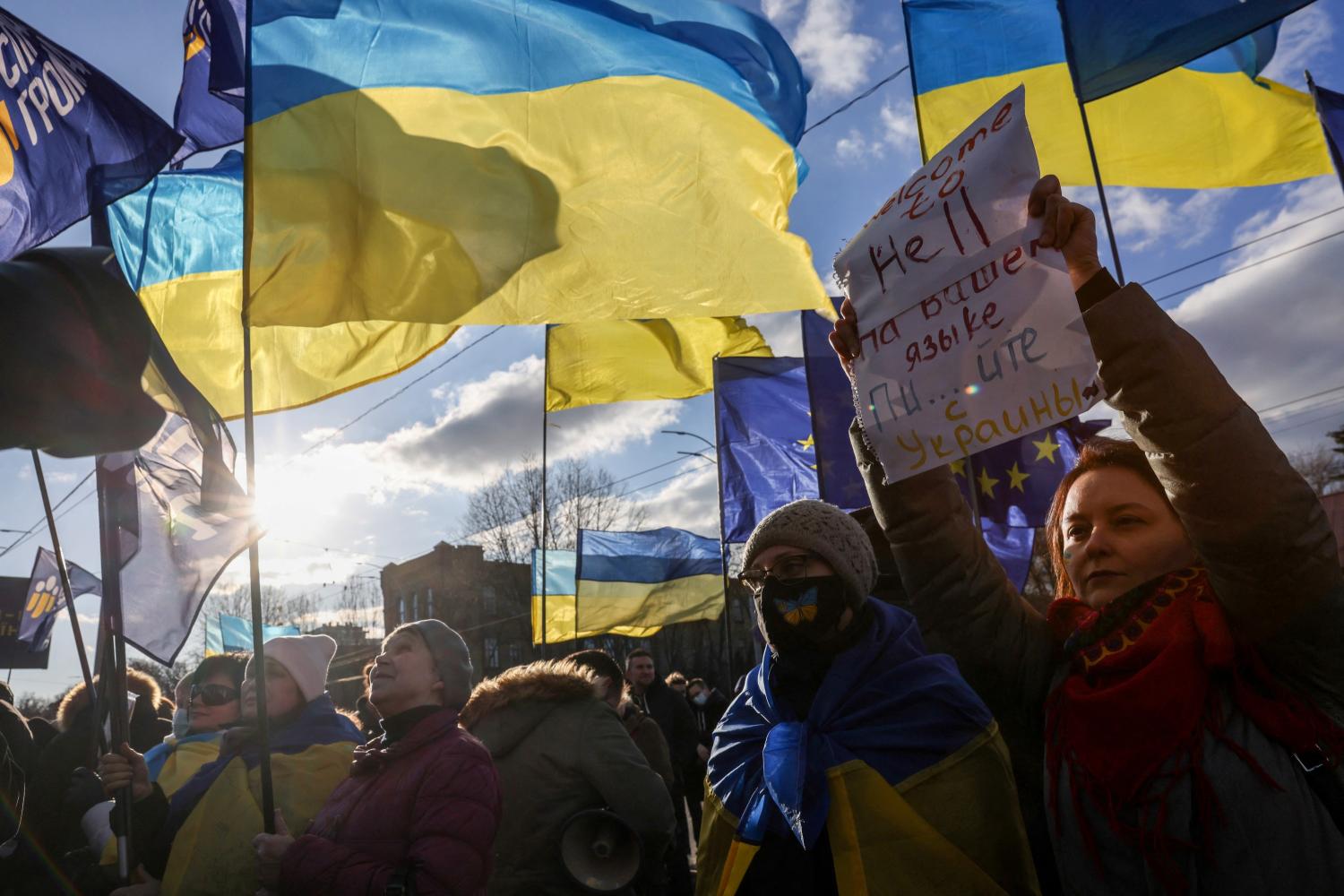
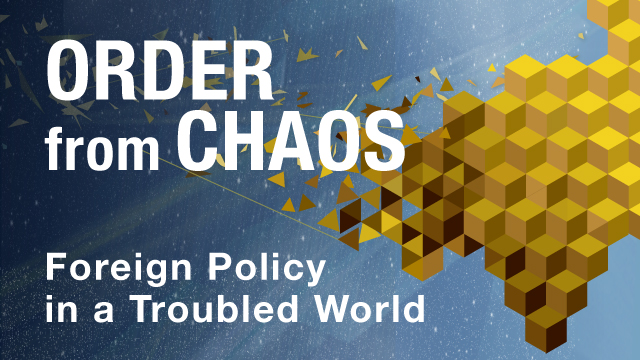

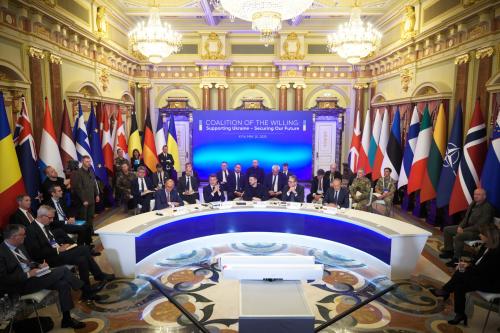
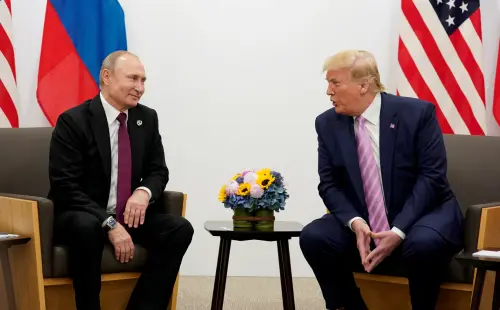
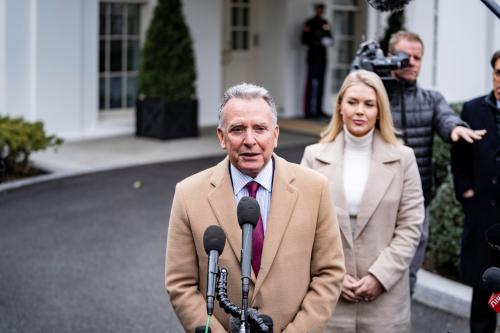
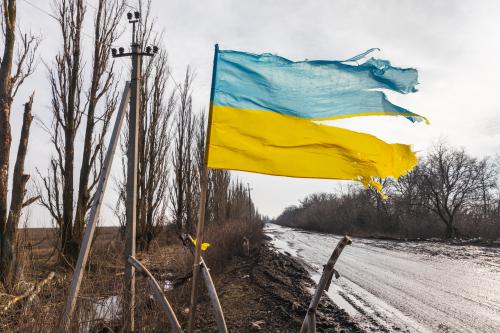

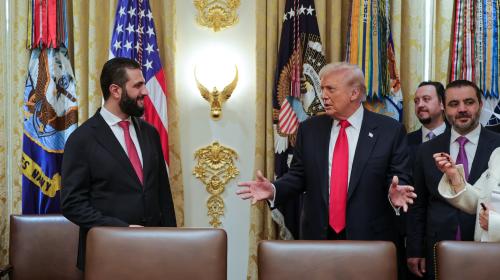
Commentary
Avoiding Putin’s trap in Alaska
Is Trump prepared to play tough with Putin?
August 13, 2025